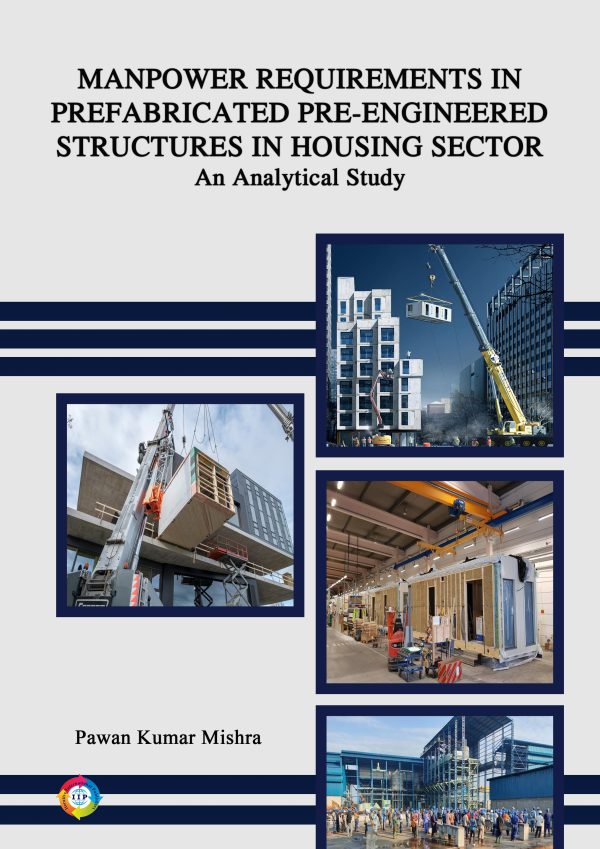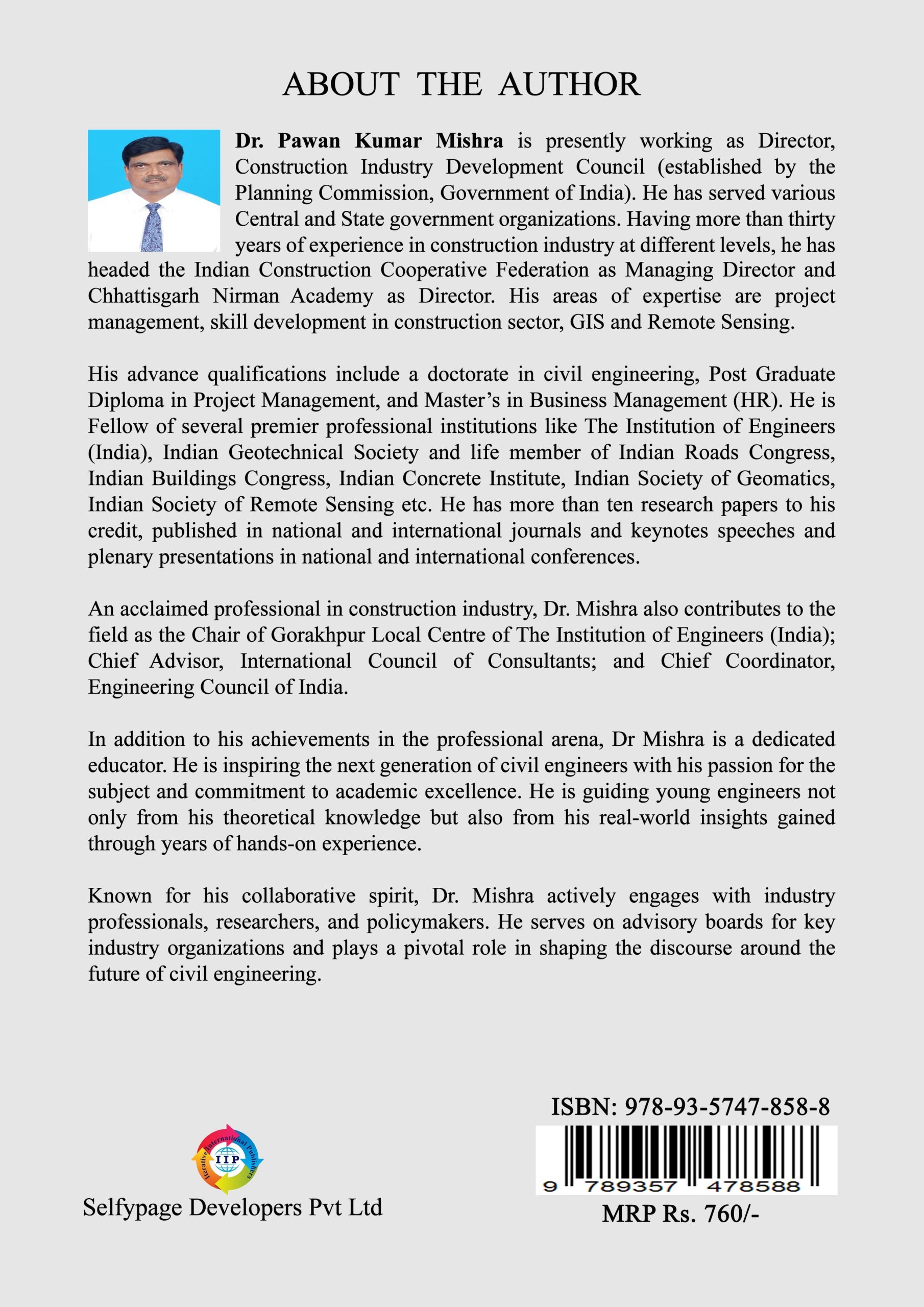In regards to India’s economic growth, the construction industries of the country are considered as an important growth driver, therefore it is well known as one of the integral industries of India. For a significant growth in economic values of India major construction activities have been accounted for in the sector of railway expansion, highway construction, export and import cargo, and power generation projects. It has been accounted that in the last 50 years India’s Construction division has invested 40% of its total revenue for the development of the Indian economy. Not only in economic development but also in regards to employment the construction industry of India is considered the second largest employer of labor. Over the last decade, the rapid economic growth of India has placed remarkable pressure in regards to increasing demand in accordance with its limited infrastructure. The requirements of the construction industry have been underlined by the Union Government which made it easy for the constructor to proceed further accordingly to meet the desired goal. Massive investment is planned with the emphasis on the present scenario in this sector on physical infrastructure creation which is mainly suitable according to the future perspective.
Despite the optimistic forecasts, the construction industry is beset by intractable issues that have resulted in the sector’s notably low productivity compared to other industries. Construction is dominated by wage employment, with only 10% of workers being self-employed; 90% of workers are employed in the unorganized sector, in the organized sector with only 2.6 percent are employed. The Construction Skills Fund (CSF), which is considered a remarkable example of how governments can contribute to training future construction workers across the world. The basic aim of this contribution was to provide proper training to the individuals who are looking for employment in the construction industry. In this training program, they used to make more people ‘site ready’ by filling the gap in their professional skills. It aims to provide training to unemployed people and those who want to change careers in the construction industry.
Is believed that mainly from the rural areas the migrant workers come from the rural construction employees who are either engaged in large infrastructure sites such as airports, dams, and highways or at the urban areas. In India, the construction industry, regarding performance issues, has encountered some problems. The inefficiency which is considered as a problem has been introduced due to the workforce, flaws in planning elements, and the general mentality in construction. The fundamental issue for addressing this skill gap and overcoming the incongruity between the use of modern construction technologies like the use of prefabricated pre-engineered structures and the efficiency and availability of manpower is to get an idea and projected estimate of the manpower requirement. This is also expedient in order to develop the necessary infrastructure and facilities for skill enhancement and ensure the availability of manpower so the industry does not suffer from the crisis of manpower. The proposed research is an attempt to make the initial foray in this direction. In order to provide in-depth analysis with a concentrated focus, this research project will study the manpower requirements with a specific segment of the construction industry i.e., the construction with the use of prefabricated pre-engineered structures which has emerged as the predominant construction method in recent years.
In order to fulfill the major aim and objectives of the study, an appropriate research methodology is conducted. The existing literature has been used to get preliminary insight into the topic data for this study, which was followed by the usage of a questionnaire survey targeted at contractors, subcontractors, and laborers. Two separate surveys for employers and workers have been created once the productivity and associated labor difficulties have been determined. These surveys include information about labor’s working conditions, pay, expenditures, timeliness, and facilities offered to them, and training. Some of the questions have been kept open-ended so that the degree of difference between the two can be determined (employers and workers). Various sorts of sites, such as residential, commercial, and industrial and the factories have been visited in order to obtain a diverse set of data. Due to the nomadic nature of labor, random sampling has been proven to be a good way to represent the community. Later than collecting the appropriate number of samples, data analysis has been performed to determine the many factors that reduce productivity. Specifically, these elements are then examined in order to determine their impact on various parts of the project. The survey has been conducted with the use of easy random sampling. The results of this poll have been analyzed, and the most relevant aspects have been studied further and discussed in depth. The results of the study have addressed the housing problems wherein extensive solutions are required on an immediate basis; considerable advantages are being offered by prefabricated building systems. However, in the overall building housing market share of this particular system is nearly negligible. The use of prefabricated pre-engineered structures still is not very well developed in the Indian construction industry. In the construction industry, the perspectives of experts are mainly considered. In many of the cases experts still believe in traditional methods for construction which has become a major hurdle for introduction of the pre-engineered structure-based technology into society. It is essential that experts should look at global aspects such as how the construction industry has been redefined and try to implement such aspects even in India. Only when such measures are considered seriously can the advancement in construction technology be seen.









Reviews
There are no reviews yet.